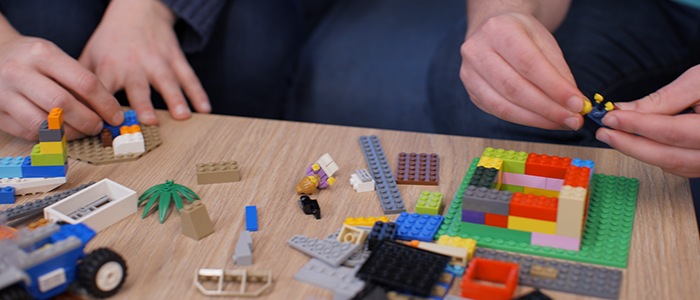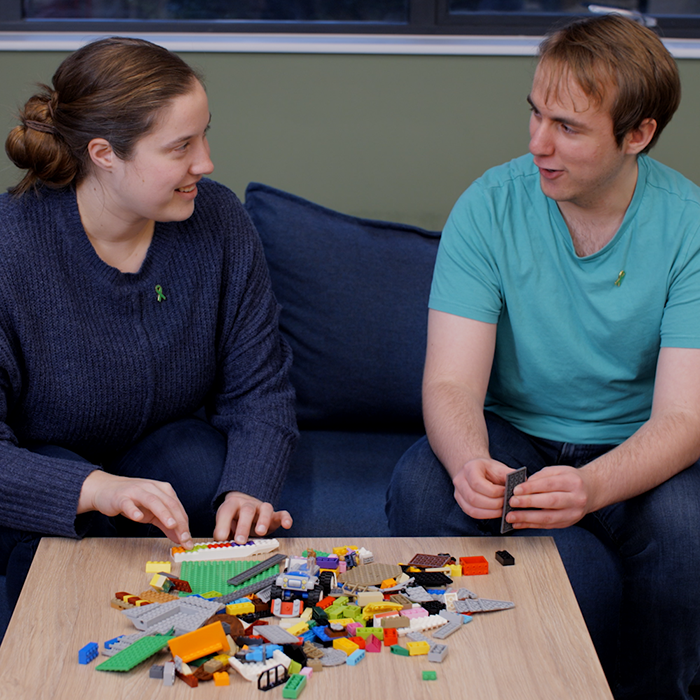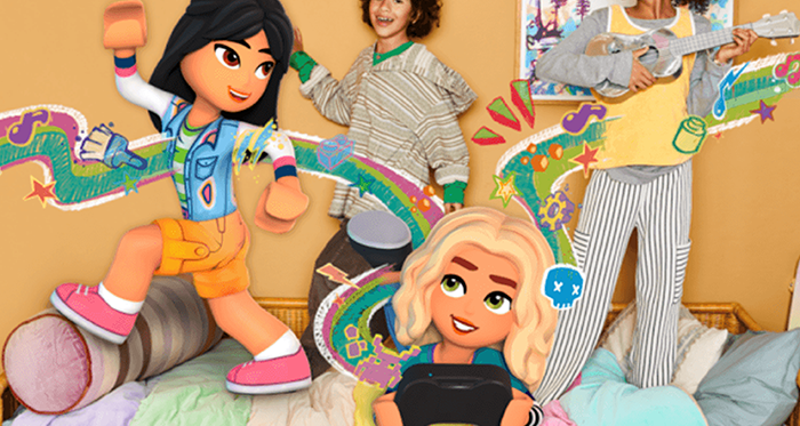Name it to tame it
Children are still learning when it comes to emotions. Strong feelings like happy, sad and angry are easier for them to grasp, but they may struggle to recognize others like boredom, frustration, worry, tiredness and excitement.
You can help by talking about all emotions and emphasizing that it’s okay to feel any of these things. Check in with your child and ask them how they are feeling. If they appear sad, offer them recognition by saying something like, “I notice you seem to be sad. Am I right?”
If they tell you they are feeling a certain way, you can work together to try and find out why, and what might help. After a busy day at school, kids who seem grumpy might just be hungry or thirsty. Offer them a drink and a snack while you try to talk things through.
Ruth Simmonds, project manager for schools at the Mental Health Foundation, explains: “It can be difficult to build that conversation with children around their mental health and wellbeing. It’s really about taking the time, being patient. Children may struggle to open up straight away, but if you just keep opening up that conversation, slowly, they’ll start to understand that it’s something that you really want to listen to.”
Playtime can open doors
Spending time one-on-one with your child doing something they enjoy can help them to relax and open up to you. Rather than sitting still and firing questions at them, take some time doing something fun and start a free-flowing conversation that gives them the opportunity to talk to you about any worries or emotions they are experiencing.
According to Ruth: “It’s looking for opportunities where you can have that conversation within the safety and the comfort of your own relationship with your child.” This could be playing with LEGO bricks, dancing to a favorite song, baking or going for a walk together. If your child is facing a particular problem, such as having trouble with school friends, you could even use role play to work it through.
The Aliya’s Room set is just one of many new LEGO Friends sets that are designed to encourage kids to role-play their own friendship stories.


